Leading market players are investing heavily in research and development to expand their product lines, which will help the automotive safety system market grow even more. Market participants are also undertaking various strategic activities to expand their global footprint, with important market developments including new product launches, contractual agreements, mergers and acquisitions, higher investments, and collaboration with other organizations. To expand and survive in a more competitive and rising market climate, the automotive safety system industry must offer cost-effective items.
Manufacturing locally to minimize operational costs is one of the key business tactics manufacturers use in the Automotive Safety System Market industry to benefit clients and increase the market sector. Major players in the automotive safety system market, including Robert Bosch GmbH, DENSO CORPORATION, STMicroelectronics, Infineon Technologies AG, Continental AG, Valeo, Magna International Inc., Johnson Electric Holdings Limited, and others, are attempting to increase market demand by investing in research and development operations.
Robert Bosch, a subsidiary of Robert Bosch Stiftung GmbH, supplies technology and services. The firm offers various products and solutions, such as auto parts and accessories, eBike systems, household appliances, motor vehicle technology, security systems, solar inverters, packaging technology, and industry and business process management solutions. Along with marketing and service partners, subsidiaries and regional companies, the firm serves consumers in the automobile, consumer electronics and BPO industries.
In August 2021, Robert Bosch launched an automotive R&D center in Limerick, UK. The direction of the activities in Limerick will be on semiconductor developments and automotive electronics. Initial development at the installation will include radar technologies and integrated circuits for adaptive cruise control for automated driving.
Hyundai Motor Co is an automobile company. The company designs develops, manufactures and distributes cars, buses, trucks, SUVs, MPV and hydrogen vehicles; and chassis, powertrains and automotive parts. Hyundai also provides vehicle financing and credit card processing services. Hyundai markets products under Veloster, Venue, Azera, i40, Elantra, Kona, Creta, Sonata, Tucson, Accent, i20, ix20, and other brands. The company strives to develop advanced technologies such as robotics and Advanced Air Mobility (AAM).
In October 2021, Hyundai launched its updated model for Santa Fe. The car is packed with several safety features. The SmartSense safety features in Hyundai Santa Fe include a range of radar, camera, and motion detection technologies, including forward collision avoidance assist. It is created to detect pedestrians, vehicles, or cyclists that are presently in front of the vehicle.


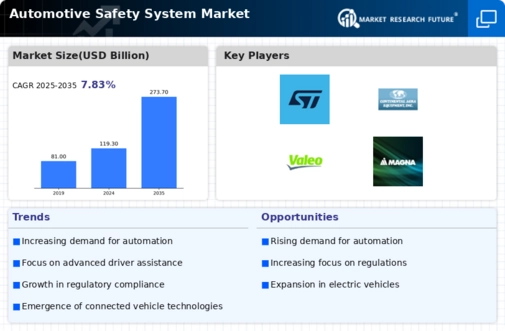
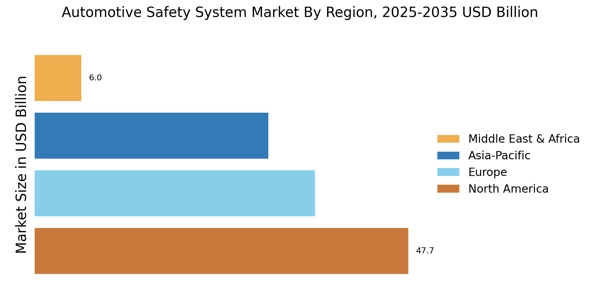
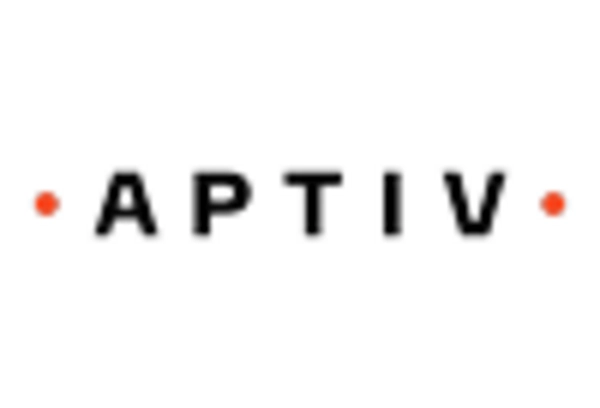


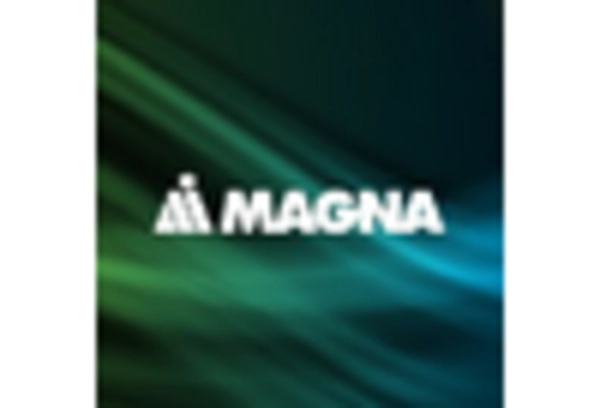
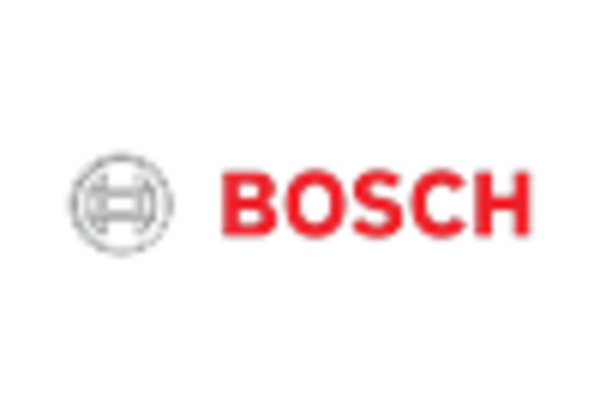
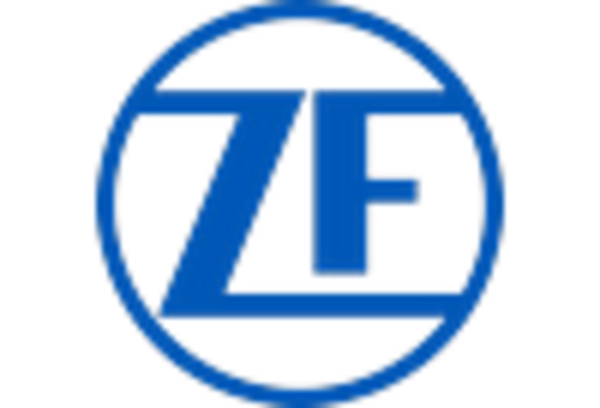








Leave a Comment